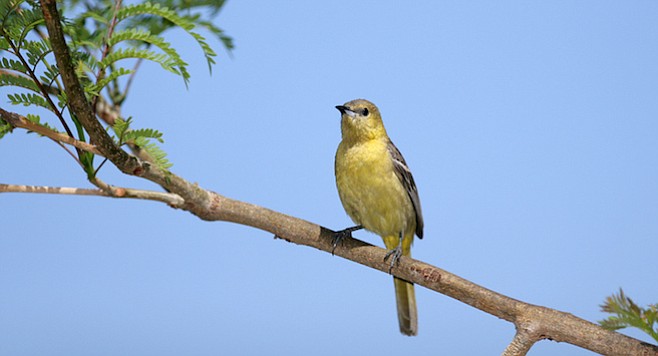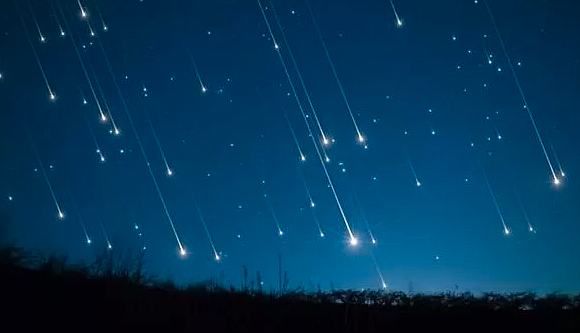 Facebook
Facebook
 X
X
 Instagram
Instagram
 TikTok
TikTok
 Youtube
Youtube

Orioles, the bright yellow or yellow-orange-and-black birds sometimes seen flitting among the palm trees, are summer residents of San Diego County’s coastal areas. A century ago, the orioles preferred to nest in sycamore trees, which were then more common in our area’s river bottoms. Today, these birds are most likely to take up residence in the planted palm trees, where they obtain fiber to build their nests from the easily shredded fronds.

Fleas, the bane of pets and humans alike, are hopping all over San Diego again as the summer progresses. Fleas were even more troublesome in San Diego County’s past than they are today. Soldiers on the Portola expedition over two centuries ago named a deserted Indian village in today’s North County “Rancheria de las Pulgas,” and the problem of pulgas (fleas) in the dusty streets and dwelling places of southern California were commonly mentioned in 19th-century journals and diaries. The place-names Las Pulgas Canyon and Las Pulgas Road in Camp Pendleton are reminders of a timeless torment.

The Delta Aquarids get their name from the constellation Aquarius, from which they appear to emanate. A weaker shower, the Delta Aquarids typically reach their peak in late July and produce between 10 and 20 meteors per hour around this time. A truly dark sky offers the best chance at seeing them, as they tend to not be as bright as some of the other meteor showers. This year, expect no interference from the Moon at all, as it will be in its new phase during the peak viewing hours. Keep an eye out for them between midnight and dawn on July 30 and 31.
The above comes from the Outdoors listings in the Reader compiled by Jerry Schad, author of Afoot & Afield in San Diego County. Schad died in 2011. Planet information from SkyandTelescope.org.


Orioles, the bright yellow or yellow-orange-and-black birds sometimes seen flitting among the palm trees, are summer residents of San Diego County’s coastal areas. A century ago, the orioles preferred to nest in sycamore trees, which were then more common in our area’s river bottoms. Today, these birds are most likely to take up residence in the planted palm trees, where they obtain fiber to build their nests from the easily shredded fronds.

Fleas, the bane of pets and humans alike, are hopping all over San Diego again as the summer progresses. Fleas were even more troublesome in San Diego County’s past than they are today. Soldiers on the Portola expedition over two centuries ago named a deserted Indian village in today’s North County “Rancheria de las Pulgas,” and the problem of pulgas (fleas) in the dusty streets and dwelling places of southern California were commonly mentioned in 19th-century journals and diaries. The place-names Las Pulgas Canyon and Las Pulgas Road in Camp Pendleton are reminders of a timeless torment.

The Delta Aquarids get their name from the constellation Aquarius, from which they appear to emanate. A weaker shower, the Delta Aquarids typically reach their peak in late July and produce between 10 and 20 meteors per hour around this time. A truly dark sky offers the best chance at seeing them, as they tend to not be as bright as some of the other meteor showers. This year, expect no interference from the Moon at all, as it will be in its new phase during the peak viewing hours. Keep an eye out for them between midnight and dawn on July 30 and 31.
The above comes from the Outdoors listings in the Reader compiled by Jerry Schad, author of Afoot & Afield in San Diego County. Schad died in 2011. Planet information from SkyandTelescope.org.
Comments